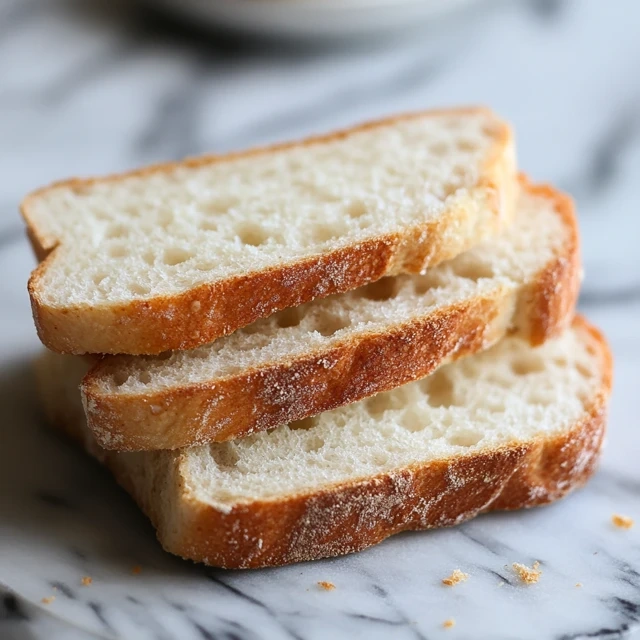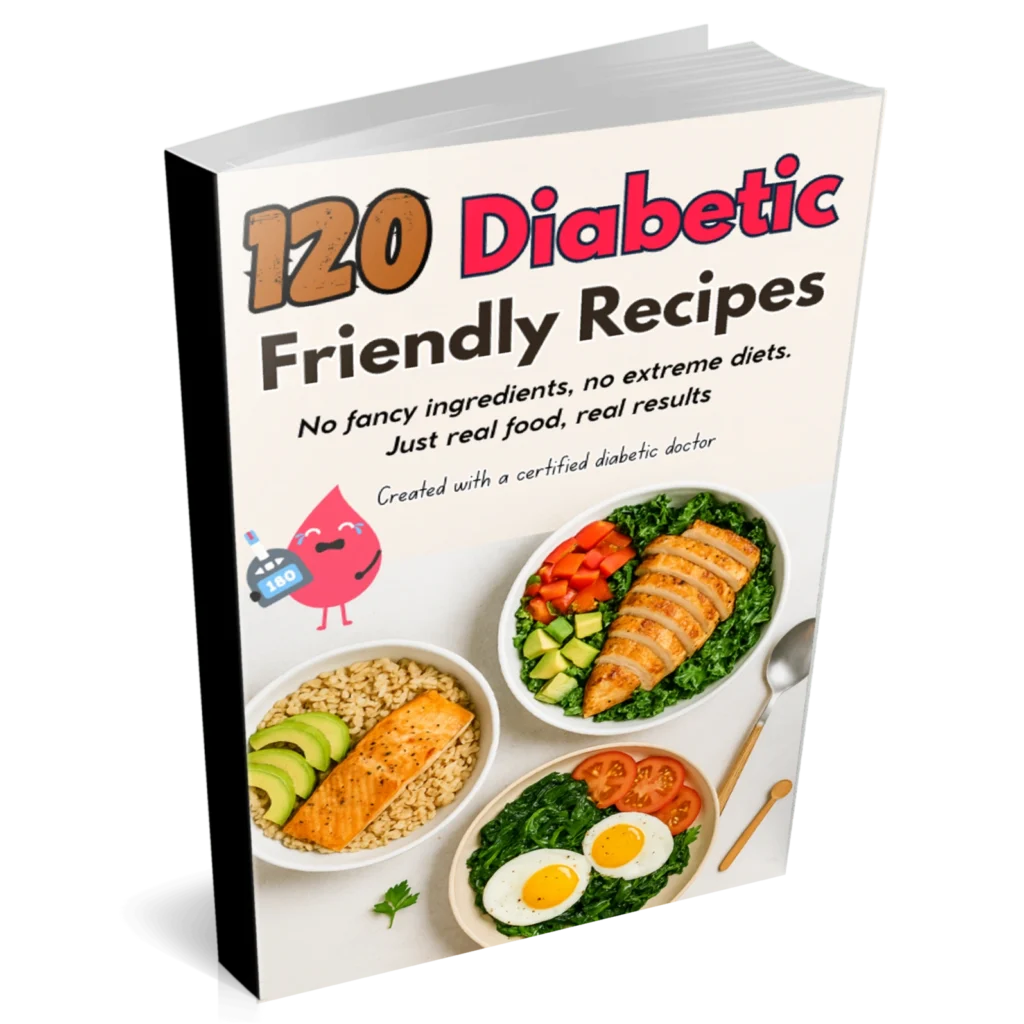Imagine biting into a slice of soft, warm bread without worrying about gluten. For millions of Americans with celiac disease or gluten sensitivity, this dream is now a reality. White gluten-free bread has evolved from a bland substitute to a true culinary delight, rivaling traditional wheat bread.
Your journey into gluten-free baking opens a world of amazing flavors and textures. The days of dry, crumbly bread are behind us. Today, white gluten-free bread offers a new approach to nutrition and taste, appealing to health-conscious individuals and those with dietary restrictions.
Exploring white gluten-free bread means embracing kitchen innovation. This guide will reveal the secrets to making perfect gluten-free bread that everyone can love. It covers everything from choosing the right flours to mastering advanced baking techniques.
Key Takeaways
- White gluten-free bread has dramatically improved in quality and taste
- Multiple flour alternatives now create delicious bread options
- Gluten-free baking is accessible to home cooks and professionals
- Nutritional value can be maintained in gluten-free bread
- Understanding ingredient interactions is crucial for success
Understanding White Gluten-Free Bread Basics
Finding tasty bread on a gluten-free diet can be tough. White gluten-free bread is a big help for those with celiac disease or wheat allergies.
A visually appealing arrangement of gluten-free white bread ingredients, including almond flour, tapioca flour, active dry yeast, salt, honey, and water, displayed on a rustic wooden surface with natural lighting, highlighting the textures and colors of each ingredient.
What Makes Gluten-Free Bread Different
Regular wheat bread gets its texture from gluten. Gluten-free bread uses new methods to get similar results. The main differences are:
- Special flour blends instead of wheat flour
- Extra binding agents for texture
- Special mixing and baking methods
Key Components of White Gluten-Free Bread
Good gluten-free bread needs the right ingredients. These ingredients help it taste like regular bread:
| Ingredient | Purpose | Common Sources |
|---|---|---|
| Alternative Flours | Base structure | Rice, almond, corn flour |
| Xanthan Gum | Binding agent | Fermented sugar substitute |
| Eggs | Moisture and structure | Protein-rich binding |
Benefits for Celiac and Gluten-Sensitive Individuals
White gluten-free bread is great for those with dietary limits. It’s a safe choice that doesn’t lose out on taste or nutrition. It lets people with celiac disease eat bread without harm. Those with wheat allergies also find a tasty fix for their diet needs.
Learning about gluten-free bread helps you make better choices. It supports your health and satisfies your bread cravings.
The Evolution of Gluten-Free Baking
Gluten-free baking has changed a lot in recent years. What was once hard to do is now a fun and tasty art. Early gluten-free bread was often dense and crumbly, unlike regular bread.
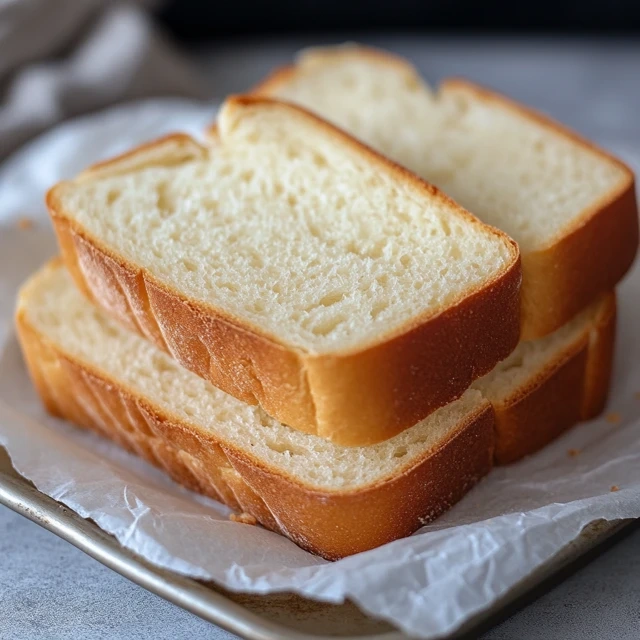
A timeline illustration showcasing the evolution of gluten-free baking, featuring a progression from traditional wheat-based breads to modern white gluten-free bread. Include a variety of gluten-free ingredients like almond flour, coconut flour, and tapioca starch, alongside innovative baking tools and techniques. Depict vintage kitchen settings transitioning to contemporary kitchens filled with advanced baking equipment. Use warm, inviting colors that evoke a sense of comfort and health.
Thanks to new tech and science, gluten-free baking has improved a lot. Bakers and scientists have found ways to make bread without wheat gluten.
- 1980s: Limited gluten-free options with poor texture
- 1990s: Introduction of specialized gluten-free flour blends
- 2000s: Advanced binding agents and improved recipes
- 2010s: Artisan gluten-free bread matching traditional bread quality
Understanding ingredients has been a big help in gluten-free baking. Scientists found new ways to mix flours and agents to get bread that’s like the real thing.
| Decade | Bread Characteristics | Key Innovations |
|---|---|---|
| 1980-1990 | Dense, Dry, Crumbly | First Gluten-Free Flour Mixes |
| 2000-2010 | Improved Texture | Xanthan Gum, Psyllium Husk |
| 2010-2020 | Soft, Elastic, Flavorful | Advanced Flour Blending Techniques |
Now, gluten-free baking is at a high level of cooking skill. You can find gluten-free bread that tastes and feels just like the real thing.
Essential Alternative Flours for Perfect White Bread
Making delicious grain-free bread is all about mastering alternative flours. Knowing how different flours work can change your gluten-free baking. It helps you get the perfect texture and taste.
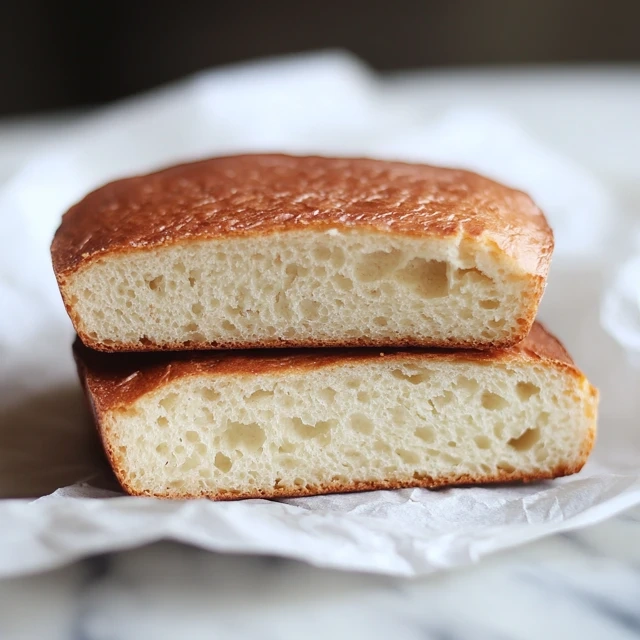
A vibrant display of various alternative flours used for gluten-free bread, including almond flour, coconut flour, rice flour, oat flour, and chickpea flour, arranged artistically on a rustic wooden table, with some flour dusting the surface, surrounded by fresh ingredients like eggs, a loaf of freshly baked gluten-free white bread, and sprigs of herbs for a touch of color.
Popular Flour Combinations
Choosing the right flour blend is key for white gluten-free bread. Here are some top combinations:
- Rice flour and tapioca starch for light texture
- Almond flour and arrowroot powder for moisture
- Cassava flour and potato starch for improved structure
Understanding Flour Properties
Each flour has its own special qualities for grain-free bread. Rice flour has a neutral taste, and almond flour adds richness. Potato starch makes the bread softer, so it doesn’t get dense or crumbly.
Binding Agents and Stabilizers
Flours without gluten need special helpers to stick together. Bakers use:
- Xanthan gum for elasticity
- Psyllium husk for structural support
- Chia seeds to keep moisture in
Learning about these techniques lets you make white gluten-free bread as good as wheat bread.
Nutritional Benefits of Modern White Gluten-Free Bread
A loaf of freshly baked white gluten-free bread, golden crust with a soft, airy interior, surrounded by sprigs of herbs and grains, displayed on a rustic wooden table, warm sunlight casting gentle shadows, emphasizing the texture and nutritional richness.
White gluten-free bread has changed a lot. It’s now a nutritional powerhouse. Today’s healthy bread options have impressive nutritional profiles, just like traditional wheat breads.
Thanks to new techniques, vegan bread and gluten-free options are getting better. They offer unique health benefits that go beyond just being a substitute for wheat bread.
Gluten-free bread has seen a big improvement in nutrition. Alternative flours bring special health benefits. These include:
- Increased protein from almond and chickpea flours
- More fiber than traditional white bread
- Better mineral and vitamin content
- Lower glycemic index options
Comparing nutritional values shows us how far gluten-free bread has come:
| Flour Type | Protein (g) | Fiber (g) | Key Nutrients |
|---|---|---|---|
| Almond Flour | 6 | 3 | Vitamin E, Magnesium |
| Chickpea Flour | 7 | 5 | Iron, Folate |
| Quinoa Flour | 8 | 4 | Complete Protein, Zinc |
These nutrient-rich bread options can greatly benefit your health. Vegan bread now offers complete proteins and essential minerals. They’re great for a wide range of dietary needs.
Mastering the Art of White Gluten-Free Bread Making
Making the perfect white gluten-free bread is all about precision and special baking skills. Gluten-free baking is a challenge that requires home cooks to learn new tricks. These tricks help turn alternative ingredients into tasty bread.
Temperature and Timing Insights
Getting white gluten-free bread right is all about temperature control. Each ingredient is key to getting the right texture and rise. Here are some important things to remember:
- Room temperature ingredients blend better
- Right oven temperatures prevent uneven baking
- Proofing times are different from wheat breads
Mixing and Kneading Strategies
Gluten-free bread dough needs special handling. Without gluten, you must use different methods to get the right structure and texture.
| Technique | Purpose | Key Tip |
|---|---|---|
| Gentle Mixing | Prevent Density | Use low-speed mixing |
| Rest Periods | Hydrate Flour | Allow 30-minute rest |
| Binding Agents | Improve Texture | Use xanthan gum |
Storage and Preservation
Keeping your white gluten-free bread fresh is important. Unlike wheat bread, gluten-free bread dries out fast and loses its texture.
- Store in airtight containers
- Refrigerate for longer freshness
- Freeze individual slices for easy use
With practice, you’ll get better at making delicious white gluten-free bread. It’s a journey of learning and experimenting with new techniques in gluten-free baking.
Common Challenges and Solutions in Gluten-Free Baking
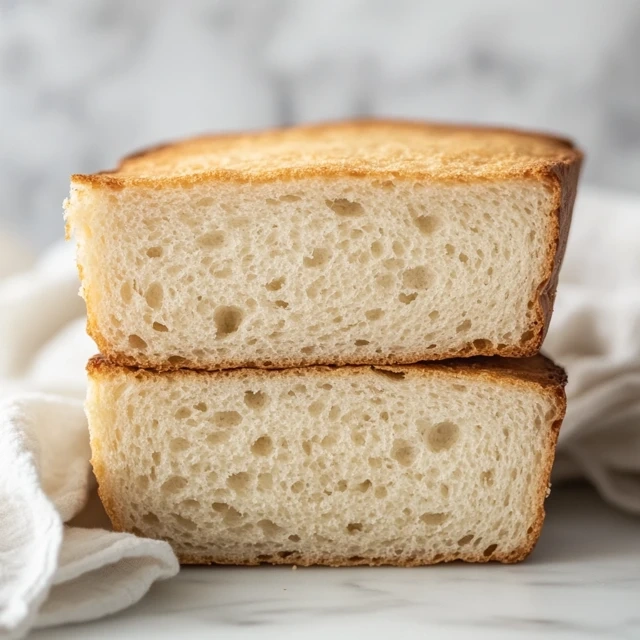
Gluten-free baking can be tricky, but with the right techniques, you can create delicious artisan gluten-free bread. Many home bakers struggle with common issues that can make their gluten-free bread less than perfect.
Let’s explore the most frequent challenges in gluten-free baking and practical solutions to overcome them:
- Dense Texture: Use a combination of alternative flours to improve bread structure
- Lack of Rise: Add extra leavening agents like xanthan gum or psyllium husk
- Dry Crumb: Incorporate moisture-rich ingredients such as applesauce or yogurt
- Crumbly Consistency: Experiment with binding agents to enhance bread cohesion
Professional gluten-free baking requires understanding the unique properties of alternative flours. Artisan gluten-free bread demands patience and precision. Your success depends on mastering ingredient ratios and techniques that compensate for the absence of gluten.
Key strategies for improving your gluten-free baking include:
- Weighing ingredients precisely
- Allowing sufficient resting time for flour mixtures
- Using room temperature ingredients
- Mixing batters thoroughly to distribute ingredients evenly
With practice and these expert tips, you’ll transform your gluten-free baking from challenging to exceptional. You’ll create bread that’s both delicious and satisfying.
Adapting Traditional Recipes to Gluten-Free Versions
Turning your favorite bread recipes into gluten-free ones needs creativity and the right approach. Gluten-free baking has its own set of challenges. But, with the right techniques, you can make healthy bread that tastes as good as the traditional kind.
Texture Enhancement Tips
Getting the right texture in gluten-free bread is all about choosing the right ingredients. Here are some key tips:
- Blend different gluten-free flours for better structure
- Use xanthan gum or psyllium husk to help bind
- Add carbonated water for a lighter texture
Moisture Control Strategies
Keeping the right moisture level is key for gluten-free bread. Try these methods to avoid dry bread:
- Add extra eggs or egg substitutes
- Use applesauce or mashed banana
- Bake for a shorter time to avoid drying out
Flavor Enhancement Methods
Make your gluten-free bread more flavorful with these tips:
| Technique | Flavor Profile |
|---|---|
| Herbs and Spices | Rosemary, thyme, garlic powder |
| Natural Sweeteners | Honey, maple syrup, coconut sugar |
| Nutty Additions | Toasted seeds, chopped nuts |
Pro tip: Always taste and adjust your recipe, as gluten-free baking requires patience and experimentation.
Commercial vs. Homemade White Gluten-Free Bread
Finding the right white gluten-free bread can be tough for those with celiac disease. You need to think about a few important things when picking between store-bought and homemade. These things affect your health and how much you enjoy eating it.
Store-bought gluten-free bread is easy and always the same. Brands have made big improvements, offering tasty choices for those who can’t eat gluten. The good things about it are:
- Ready-to-eat convenience
- Consistent texture and flavor
- Extended shelf life
- Widely available in grocery stores
But, making your own vegan bread has its own perks. By baking at home, you can:
- Control ingredient quality
- Customize flavors and textures
- Avoid preservatives
- Potentially reduce overall cost
Whether you choose store-bought or homemade depends on your life, cooking skills, and what you like. Trying both can help you find the best gluten-free bread for you.
If you’re short on time, store-bought bread is a good choice. But, if you love baking or have special dietary needs, making your own might be better. The best choice is one that fits your health needs and tastes good to you.
Incorporating White Gluten-Free Bread into Your Daily Diet
Exploring new ways to use healthy bread can change how you plan meals. White gluten-free bread is a great choice for those looking for grain-free options. It doesn’t lose out on taste or texture.
Meal Planning Made Easy
Adding gluten-free bread to your daily meals can be exciting. Here are some meal ideas to try:
- Quick breakfast toast with avocado and poached eggs
- Lunchtime sandwiches using lean protein and fresh vegetables
- Dinner-ready bruschetta with fresh tomato and basil
- Afternoon snack with nut butter and sliced fruit
Creative Serving Suggestions
Try these new ways to serve white gluten-free bread:
- Transform bread into crispy croutons for salads
- Create delightful bread pudding for dessert
- Craft elegant canapés for entertaining
- Use as a base for open-faced sandwiches
| Meal Type | Gluten-Free Bread Suggestion | Preparation Time |
|---|---|---|
| Breakfast | Cinnamon French Toast | 15 minutes |
| Lunch | Grilled Vegetable Sandwich | 20 minutes |
| Dinner | Garlic Bread Side | 10 minutes |
Choosing white gluten-free bread doesn’t mean you have to give up on taste or nutrition. With these ideas, you can enjoy tasty, healthy bread every day.
Expert Tips for Perfect White Gluten-Free Bread Every Time
Mastering gluten-free baking takes precision and practice. Your journey to making artisan gluten-free bread can get better with a few expert tips. These tips can turn your home baking from simple to spectacular.
Professional bakers say there are key things to focus on in gluten-free baking:
- Measure ingredients exactly using digital kitchen scales
- Select high-quality alternative flour blends
- Use proper binding agents like xanthan gum
- Control fermentation and proofing temperatures
Creating amazing white gluten-free bread means knowing about flour chemistry. Different flours work in different ways. This affects the bread’s texture and how it rises.
| Flour Type | Protein Content | Best Use |
|---|---|---|
| Rice Flour | Low | Light, crisp textures |
| Almond Flour | Medium | Moisture retention |
| Sorghum Flour | High | Structural support |
Your success in gluten-free baking comes from mastering these techniques. Keep practicing, trying new things, and feel free to tweak recipes to your liking.
Conclusion
Exploring white gluten-free bread opens up a world of tasty possibilities. It goes beyond just baking. With alternative flours, you can make delicious bread for those with dietary needs or preferences. You’ve learned how to make bread that’s both healthy and tasty.
White gluten-free bread is now a tasty option for many. You’ve learned how to mix flours, control moisture, and bake. This way, you can make bread that’s just as good as the traditional kind. Every try gets you better at gluten-free baking.
Baking gluten-free is about feeling empowered and creative. It’s for those with celiac disease, trying new diets, or just wanting to try new things. White gluten-free bread is a tasty and flexible choice. Keep learning, trying new recipes, and enjoy the flavors and textures of gluten-free baking.
Your kitchen is a place for tasty discoveries. With time, effort, and the right skills, you can make amazing white gluten-free bread. Everyone will love it.
Free Body Calculator – Know Your Body
Wondering if your body is in a healthy range? Use our Free Body Calculator to find out if you’re fit, normal, or need a lifestyle change. Get personalized tips, calorie targets, and your ideal protein, carbs, and fat intake – all in seconds.
Try Free Body Calculator Now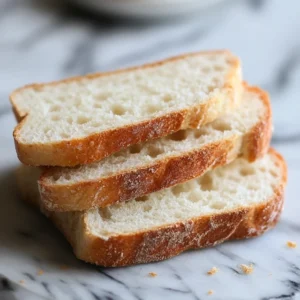
How to Make the Best White Gluten-Free Bread at Home
Ingredients
- 2 ½ cups gluten-free all-purpose flour with xanthan gum
- 1 tbsp sugar or honey
- 2 ¼ tsp 1 packet instant yeast
- 1 tsp salt
- 1 cup warm milk or dairy-free alternative
- 2 tbsp butter melted (or dairy-free option)
- 2 large eggs room temperature
- 1 tsp apple cider vinegar
Instructions
- Activate the Yeast:
- In a small bowl, mix the warm milk, sugar, and yeast. Let sit for 5-10 minutes until foamy.
- Mix the Dry Ingredients:
- In a large mixing bowl, whisk together the gluten-free flour and salt.
- Combine Wet and Dry Ingredients:
- Add the melted butter, eggs, apple cider vinegar, and the activated yeast mixture to the dry ingredients.
- Mix using a stand mixer with a paddle attachment (or by hand) for 2-3 minutes until the batter is smooth.
- Let the Dough Rise:
- Transfer the dough to a greased 9×5-inch loaf pan. Smooth the top with a spatula.
- Cover with a clean towel and let rise in a warm place for 1 hour, or until it has doubled in size.
- Bake the Bread:
- Preheat oven to 375°F (190°C).
- Bake for 35-40 minutes, or until golden brown and firm on top.
- Let cool in the pan for 10 minutes, then transfer to a wire rack to cool completely.
Notes
- Dairy-Free Option: Use almond milk and coconut oil instead of butter.
- Storage: Store at room temperature for up to 3 days, or freeze for longer shelf life.
- Best Uses: Makes great toast, sandwiches, and French toast!
